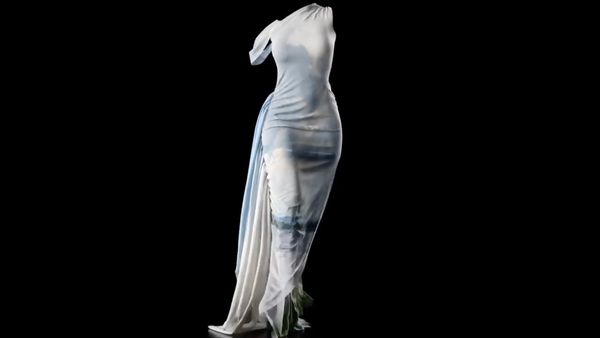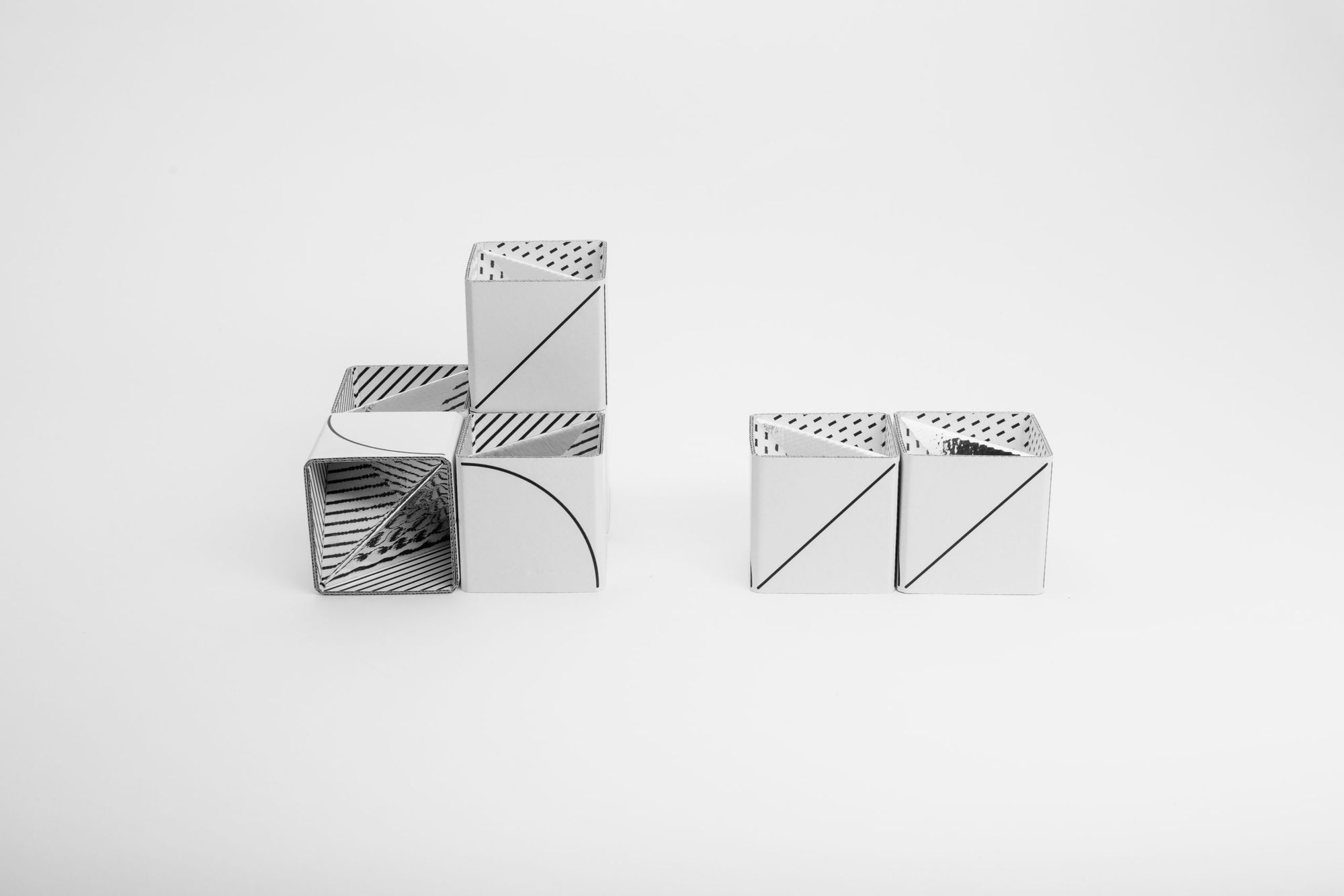In 2019, eight young designers and design theorists could participate in the six-month Moholy-Nagy László Design Grant, managed by the Hungarian Design Council and financed by the Hungarian Intellectual Property Office and the Ministry of Human Capacities. In the course of the program, the grantees could implement their self-developed projects or projects developed in collaboration with manufacturers. Learn more about them here, on HYPEANDHYPER. Veronika Szalai – CUBE 2.0 – game with real and virtual patterns
Unfortunately, the exhibition presenting the works of the grantees scheduled to the end of March was cancelled due to the coronavirus epidemic. As a way of making up for this event and complementing the remarkable catalogue already published or “making it more alive,” we will present you their projects in the next eight weeks.
Veronika Szalai graduated from the department of metalwork design of Moholy-Nagy University of Art and Design in 2012. She started working with natural, reusable and biodegradable materials and the industrial manufacturing technologies related to the same in relation to her diploma project. She has been carrying out her material experiments in her workshop Pressed Pets ever since, where the cool New Time clocks were made, amongst others.
In 2013, she continued her studies at the Doctoral School of MOME, and she also started to teach at the High School of Art in Szombathely in parallel. In the course of her doctoral work, she examines the design solutions in the intersection of industry and cultural use of objects as well as material and cultural affordances. Between 2016 and 2018, the birth of her children and her DLA research further reassured her intention of developing the Cube 2.0 game concept into a product.
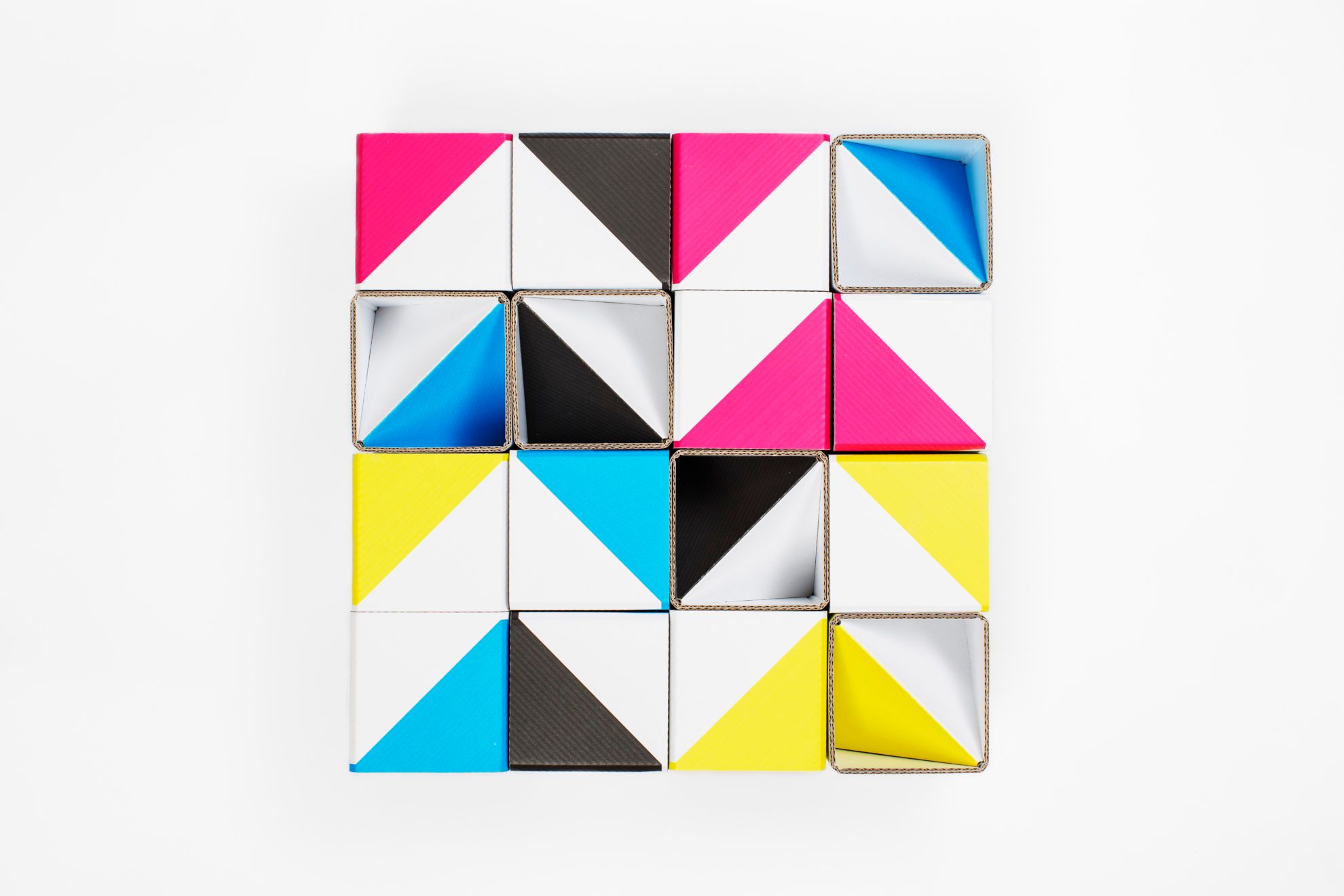
New opportunities
In the past few years, Veronika wanted to develop a concept that, in addition to using physical ingredients, also includes intangible elements such as fantasy, light or reflections. The Moholy Grant proved to be a perfect platform for implementing these ideas in a focused manner.
“The project gained many fine details in the course of the program owing to the experts participating in the same. The consultations and the personal advice received from the members of the committee outlined new opportunities, and encouraged me to further expand the collection in the future. Until then, I can proudly say that I achieved the goal set: the concept became ready for production in the six months of the grant. There are still some steps ahead in order for it to be placed on the market, this is what we are working on currently” – the designer told us.
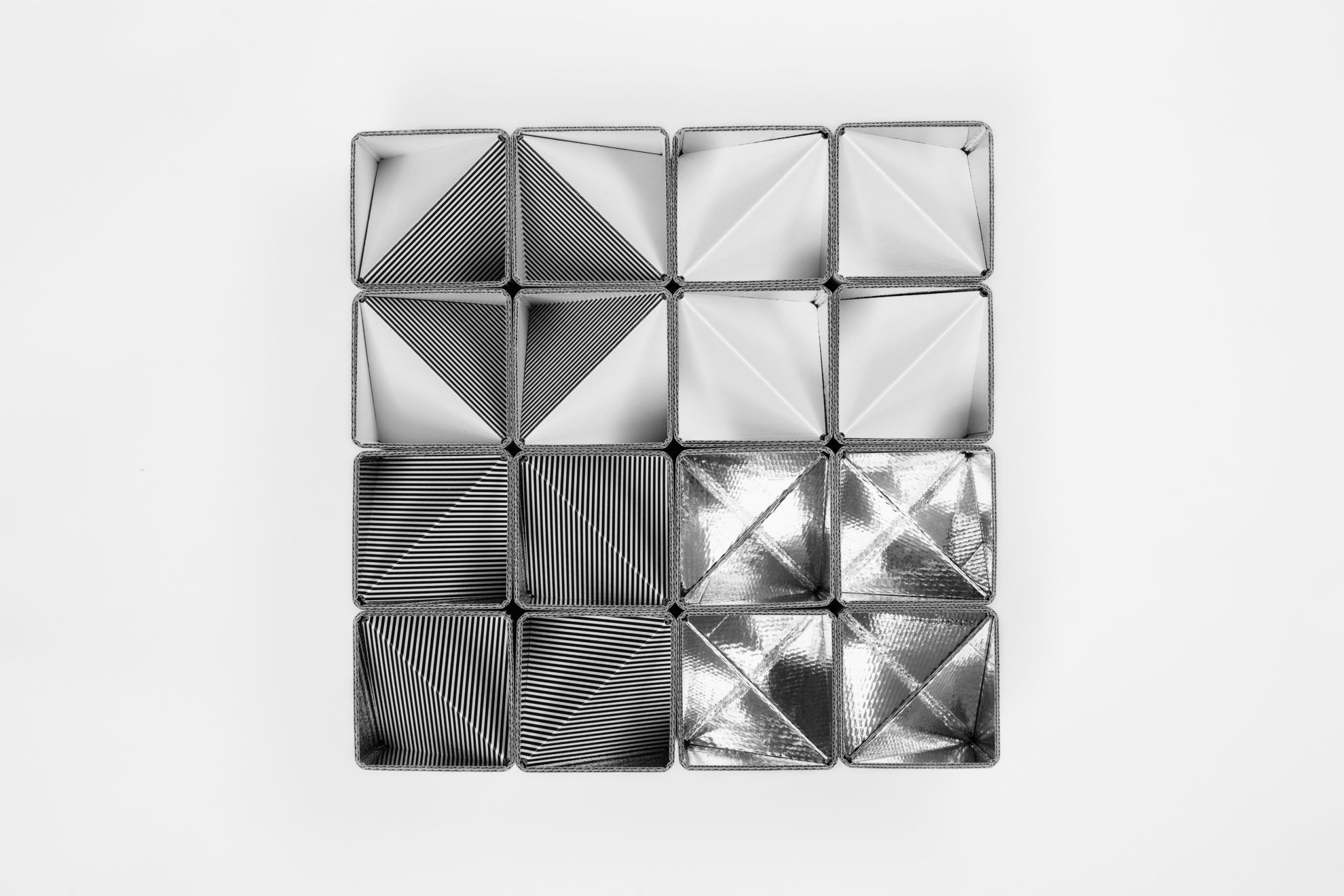
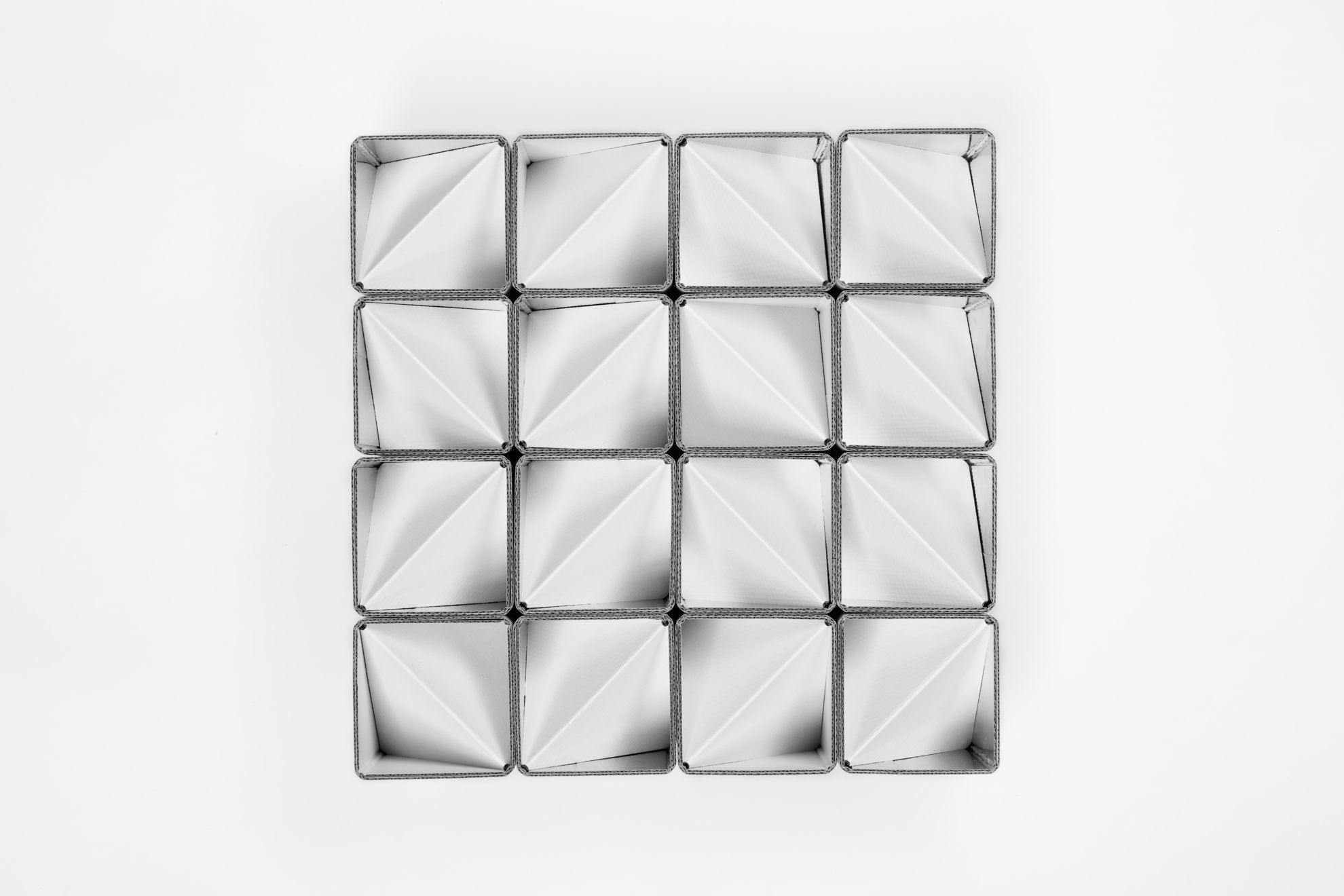
“My example is a good representation of how useful the support of the multi-layer professional team of the Moholy Grant is in the practical implementation of a well-founded concept, so I recommend it from the bottom of my heart to every designer – it’s your turn to apply!” – she added.
The project – CUBE 2.0 – game with real and virtual patterns
The Cube 2.0 is a construction game made of paper intended for both children and adults with which we can create real (color, form) and “virtual” (reflections) patterns and stories.
“One of my main goals with the game is to create a mutual “space” for expressing the ideas of children and adults, to be able to experience the visible and invisible, and the tangible and intangible at the same time” – Veronika told us.
The designer took a complex approach to her idea from the very start: she included the ideal thickness of the material, flat-packing enabling easy posting, as well as meeting the requirements of standardization and safety, hygiene and many more. To satisfy all this, she experimented with a range of materials, structures, production technologies and sizes. Then, as a next step she focused on developing the surfaces and patterns.
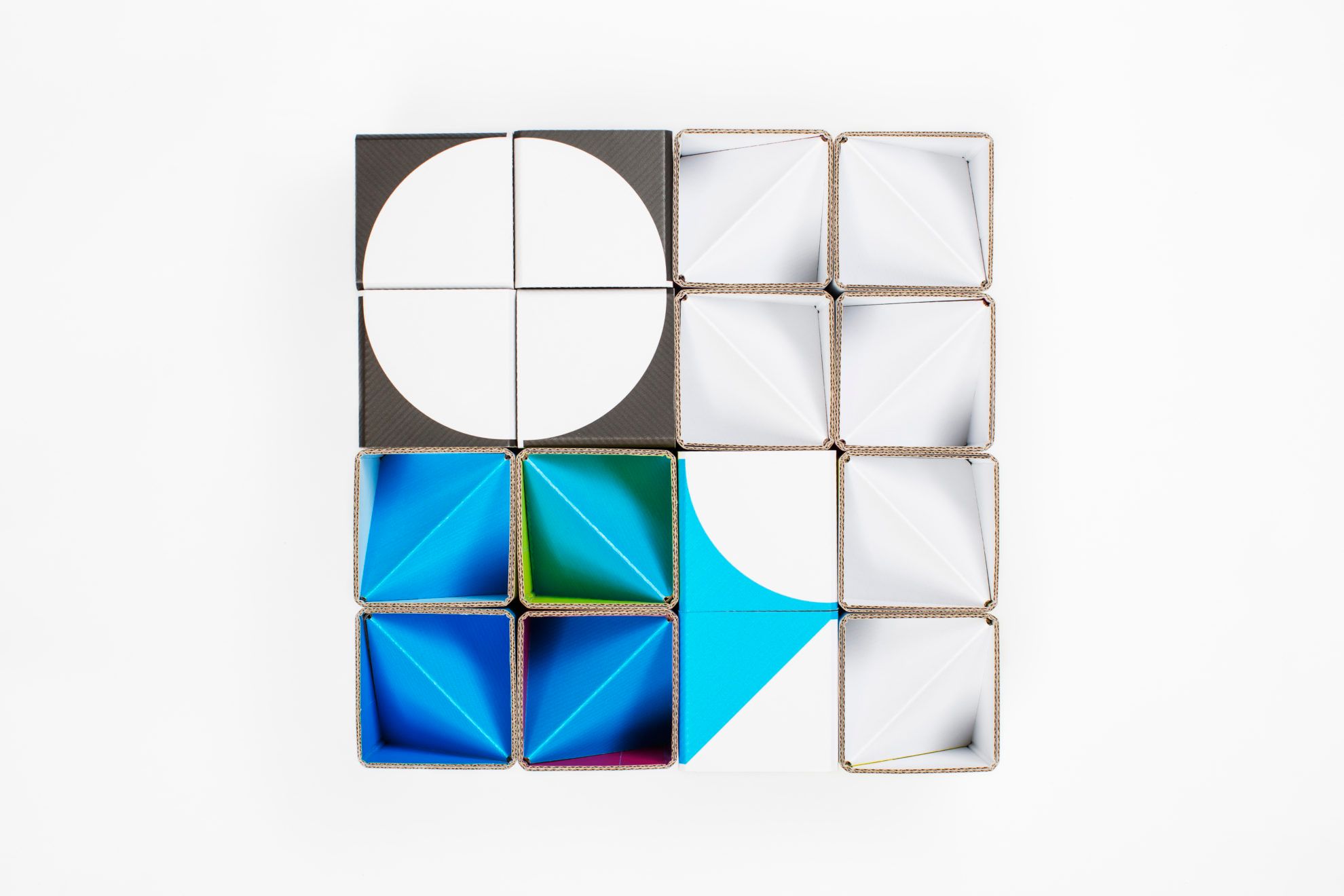

The final result of her project was three 16-piece versions of the game, each based on tetrahedron interiors but with differently-patterned paper cubes: the basis is provided by graphic forms in the version called Basic; in the version called Tale, users also have the opportunity to interact (e.g. they can complete missing parts by drawing into them); and a separate system can be created by reflecting surfaces in the version called Color.
Veronika’s long-term plan is to make the game ready for production, and eligible for market distribution by adhering to standards and introducing it into the international market; other objectives include, for example, the further development of forms and patterns.
Photography: Csanád Szesztay
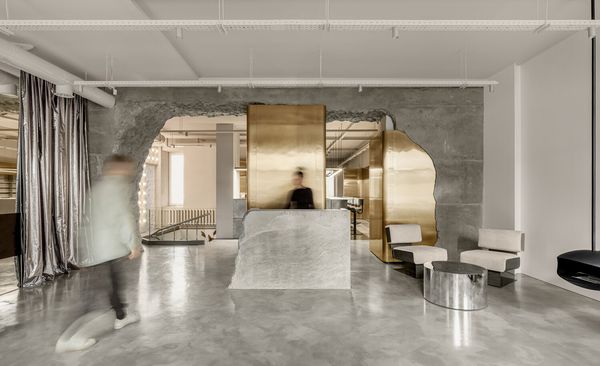
End of stereotypes | Say No Mo, Kiev

Communist resorts from the perspective of time
